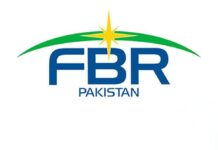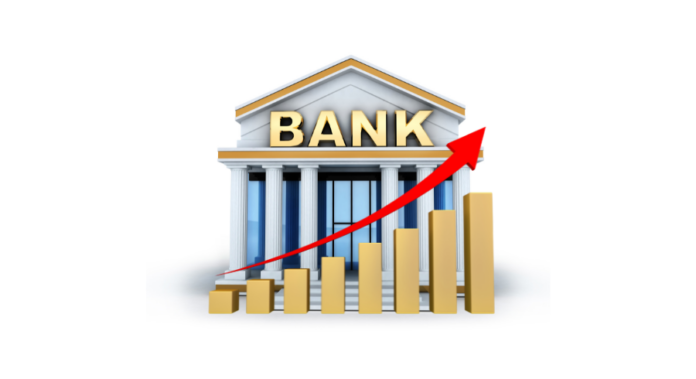Pakistan’s banking sector assets expanded to 52.4% of GDP in FY25, up from 49.1% a year earlier, reflecting improved financial stability and stronger risk management, according to the State Bank of Pakistan’s (SBP) Governor’s Annual Report (GAR).
The report said the implementation of International Financial Reporting Standard (IFRS-9) from January 2024 has enhanced banks’ loss-absorption capacity and overall solvency.
It noted, however, that limited private sector lending remains a concern, as banks continue to rely heavily on government securities for profits — an issue also raised in the SBP’s State of Pakistan’s Economy report released a day earlier.
Macroeconomic indicators strengthened during FY25, supported by tight monetary policy and continued fiscal consolidation. Average consumer price index (CPI) inflation fell sharply to 4.5% in FY25 from 23.4% in FY24 and 29.2% in FY23, marking the second consecutive year of disinflation.
The report attributed the decline to improved food supplies, stable exchange rates, and lower global commodity and energy prices. Energy inflation eased following downward revisions in administered tariffs and falling international oil prices.
The Monetary Policy Committee (MPC) reduced the policy rate by a cumulative 1,100 basis points between June 2024 and June 2025, but monetary easing slowed later in the year amid persistent core inflation, rising trade tariffs, and geopolitical uncertainties.
Fiscal performance also improved, with the deficit narrowing to 5.4% of GDP in FY25 — a multi-year low — and the primary surplus increasing to 2.4% of GDP.























